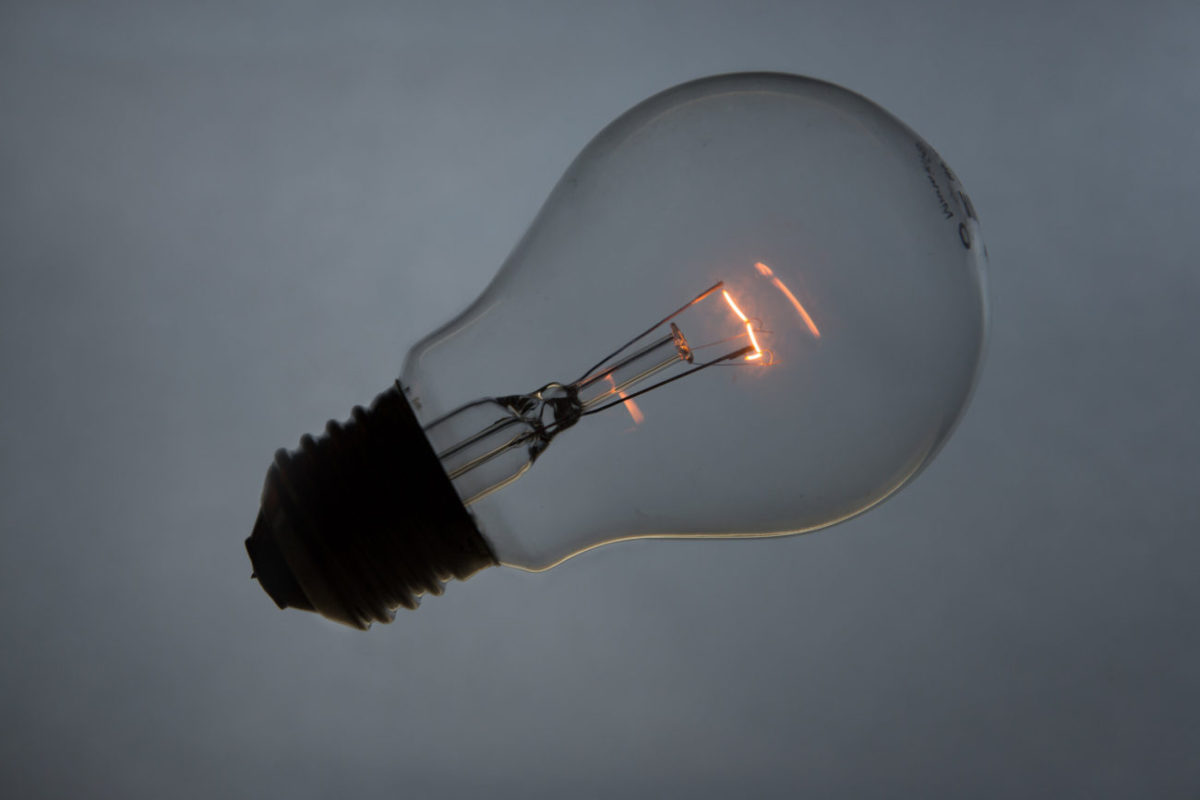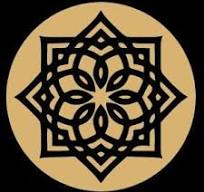Incandescent Lightbulb – What is the Problem?
R. Halperin writes:
About 25 years ago I found a note in my father’s Shabbat tractate:
[In a] conversation with R. Shlomo Zalman Auerbach, on the 10th of Elul 5731 (1971) regarding turning off the light on Shabbat, [the rabbi said]: “I have reached a conclusion thirty years ago (1941) regarding the matter but I am afraid to publish it…”
R. Halperin’s father told him that R. Auerbach asked the following question, which R. Halperin defines as מדהימה בפשטותה – of astounding simplicity: It is true that lighting an incandescent lightbulb is a transgression of the biblical prohibition of starting a fire, because lighting the bulb lets electricity flow through the tungsten filament which heats rapidly to the point where the heat produces glowing light, thus creating a metal coal, which is an act of starting a fire. Turning the light off, however, is not putting out the heat, but rather stopping the flow which causes the heat, which in turn causes the filament to cool down and stop glowing.
The process of putting out a metal coal, as described in the Talmud and by Maimonides, involves dipping the glowing coal in water. Turning off the bulb is analogous to removing a metal coal from the heat source, thus letting it cool down, without dipping it in water…
Justifying the prohibition of turning off electricity on Shabbat is problematic for R. Auerbach. R. Auerbach disagrees with the Hazon Ish who argues that completing an electric circuit is a transgression of the prohibition of construction. R. Auerbach insisted that the Hazon Ish’s opinion is unacceptable, and so arrived at his conclusion which he preferred not to publish.
At this point of the discussion one might ask why did R. Halperin publish what R. Auerbach chose not to, and why am I publishing it here. The answer is that R. Auerbach himself published it in 1978, seven years after the conversation recorded in that note. R. Halperin explains that R. Auerbach was willing to publish his question because he found a possible answer:
ברם אפשר לומר דשאני הרחקת גחלת של מתכת מהאש שאינה גורמת כלל שום שינוי באש שמבעיר את המתכת, כי אין ביניהם שום קשר, פרט לזה שמקודם היה קרוב ועתה נתרחק ולכן אין חשיב זה כיבוי. מה שאין כן בחשמל, כיון שהכיבוי נעשה מפני שפעולת הזרם נפסקת, ויש קשר חזק בין החוט המאיר והזרם. לכן לענין דין מבעיר ומכבה נראה שרואים את הזרם כשמן שבתוך נר, וכמו שהמרחיק שמן מן הפתילה או פתילה מן השמן נקרא מכבה, כך גם הפסקת הזרם… ואין כאן אלא איסור מדרבנן בלבד
However, we can argue that removing a metal coal from the fire is different, because it does not change the status of the flame which heats the coal. There is no connection between the coal and the flame except their location, they were first close and they became removed from each other, and it is therefore not considered putting out. But with electricity, putting out occurs because the flow [of electricity] stops, and there is a strong connection between the filament and the current. Therefore, regarding the law of starting and putting out a fire, it seems that we consider the current to be the oil in a receptacle. Just as one who removes the oil from the wick or vice versa is considered putting out the flame, so does one who stops the current… but it is only a rabbinical prohibition.
R. Halperin concludes: ולא הצלחתי להבין – I cannot understand the argument.
My interpretation is that R. Auerbach strove to find a way to justify the prohibition. He argues that when a coal is removed from the flame, that flame remains unchanged, but when the current stops, the source of heat is changed, and we “suck” the electricity out of the filament. This is similar to syphoning oil from a burning candle, thus shortening its life. This argument is hard to accept for two reasons:
- The current is not the energy. Its flow through the filament causes resistance which generates heat. We therefore cannot analogize it to the oil in the candle, which is the fuel.
- The focus of the discussion of putting out in regards to a metal coal is the coal and not the flame. The concern is that cooling down the coal in water is tantamount to putting out a fire, and when the coal is not submerged in water that concern does not exist. The filament is the equivalent of the coal and since it is not submerged in water, there is no concern of putting out a fire.
Note that R. Auerbach addresses only the lightbulb and not other electric devices, and that we still have to examine the assumption that turning on the light is considered starting a fire. Beyond that, we should consider the consequences of a ruling which does not categorically forbids the use of electricity on Shabbat.
Just to give you an idea of the difficulty here’s an abbreviated list of the steps. One, apply great pressure to turn tungsten powder into a fragile bar. Two, heat it to 1300 degrees Celsius and then cool with water. Three, pass a current thruthe tungsten while heating it to 3200 degree Celsius, & then cool again. Four, heat yet again to 1500 degree Celsius, but this time while flowing hydrogen over it. Five, pass it through a series of dies to cold work it and then hammer it. And then the sixth and final step: heat it and then reduce the temperature gradually while drawing it into a 1 mm diameter wire. [Bill Hammack https://commons.wikimedia.org/w/index.php?title=File%3ALight-Bulb-Filament-engineerguy.ogv]









Ohr HaChaim Yomi – Emor